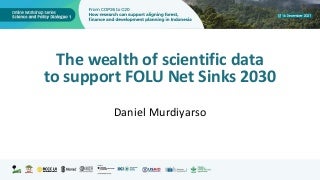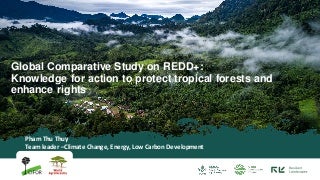Interventions to strengthen forest conservation in tropical biomes face multiple challenges. Insecure land tenure and unequal benefit sharing within forest user groups are two of the most important. Using original household-level survey data from 130 villages in six countries, we assess how current wealth inequality relates to tenure security and benefit flows from forest use. We find that villages with higher wealth inequality report lower tenure security and more unequal flows from forest income and externally sourced income. Furthermore, we find that wealthier individuals within villages capture a disproportionately larger share of the total amount of forest benefits available to each village, while external income often benefits poorer individuals more. These findings suggest that unless future forest conservation interventions actively work to mitigate inequalities linked to existing forest benefit flows, there is a risk that these interventions, including those associated with REDD+ activitiesreproduce or even aggravate pre-existing socioeconomic inequalities within user groups, potentially undermining both their conservation and economic objectives.
Tag: income
- Home
- Wealth and the distribution of benefits from tropical forests: Implications for REDD+











